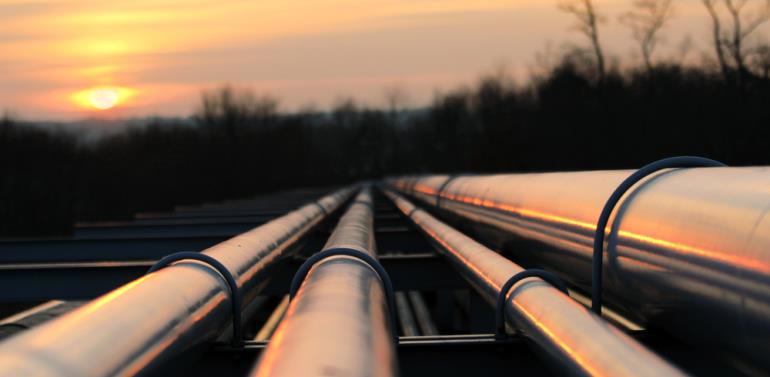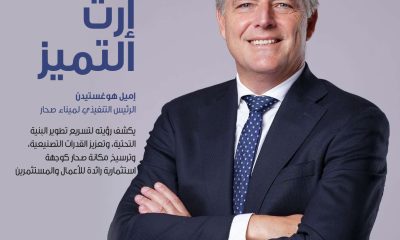International
Export pipeline needed to catalyze East African oil production boom: GlobalData

The recoverable oil reserve estimates of approximately 750 and 600 million barrels (mmbbl) in Uganda and Kenya respectively, and the government share of the reserves expected to be about 30–50 per cent, signify that the potential impact on economic development in these countries could be great. However, new infrastructure, including an export pipeline, is required to enable commercialization of these discoveries, says an analyst with research and consulting firm GlobalData.
Overall oil production in Uganda is forecast to peak at about 200,000 barrels per day (bd) by 2023, while Kenya’s production is estimated to reach approximately 85,000 bd by 2027, provided the export pipeline is in place.
According to Jonathan Markham, GlobalData’s Upstream Oil & Gas Analyst, while a range of possible pipeline routes to ports in Lamu, Mombasa or Tanga have been proposed, upstream development in the region has stalled due to a lack of progress in developing an export route for these inland discoveries.
“Operators have been lobbying for an export pipeline since the discoveries were made to enable development of the area. Tullow Oil and Africa Oil have cautiously welcomed progress made in agreeing to a pipeline route from Uganda through northern Kenya to Lamu, but Total prefers routes further south, citing security concerns in northern Kenya,” explains Markham.
The analyst adds that the development of an export pipeline would also be a driver for upstream exploration in the region. Governments in central and eastern Africa have already licensed some blocks, but the remote locations have dampened interest from major oil companies.
“Current license holders view new basin exploration as an area with high growth potential, with South Sudan, Ethiopia, Tanzania, Rwanda and the Democratic Republic of the Congo all possible beneficiaries of new pipeline routes. Discoveries in Kenya and Uganda have favourable subsurface characteristics and relatively low exploration and appraisal costs compared with the deep water dominated exploration in West Africa. Estimated full-cycle capital expenditure per barrel for these upstream developments is about US$8–12, which is increasingly enticing, as the oil and gas industry cuts back on costs. However, without an economical export route, the inland discoveries will remain commercially unviable at current oil prices,” states Markham.
-

 Magazines1 month ago
Magazines1 month agoOER – September 2025 Issue
-

 News1 month ago
News1 month agoKitchenomiKs Secures Investment of US$3.2M Led by Jasoor Ventures
-

 Alamaliktistaad Magazines1 month ago
Alamaliktistaad Magazines1 month agoAlam Al Iktisaad – September 2025 Edition
-

 News1 month ago
News1 month agoCent Capital, AI Finance App by ex-AWS Strategist ‘The Beast of Bay Area,’ Launches to End Financial Anxiety, Hits $1M AUM
-

 News1 month ago
News1 month agoOman Inaugurates ‘Hadatha’ – Its All-New Cybersecurity Center
-

 News1 month ago
News1 month agoIEA Expects Global Oil Market to Remain Oversupplied in 2026
-

 Banking & Finance1 month ago
Banking & Finance1 month agoOman Arab Bank Highlights Its Ongoing Strategic Initiatives and Future Plans
-

 Energy1 month ago
Energy1 month agoWLGA Middle East LPG Summit & Expo 2025 to be held at OCEC on November 10 and 11































You must be logged in to post a comment Login